√99以上 x e x ^ [ g 226357-X*e^x grenzwert
For any function g, the mean or expected value of g(X) is defined by E(g(X)) = sum g(x k) p(x k) Ex Roll a fair die Let X = number of dots on the side that comes up Calculate E(X2) E(X2) 2= 2sum_{i=1}^{6} i p(i) = 1 p(1) 2 2 p(2) 32 p(3) 42 p(4) 5 p(5) 62 p(6) = 1/6*() = 91/6 E(X) is the expected value or 1st momentExperts are waiting 24/7 to provide stepbystep solutions in as fast as 30 minutes!*Free math lessons and math homework help from basic math to algebra, geometry and beyond Students, teachers, parents, and everyone can find solutions to their math problems instantly

Baldor Reliance C Face Kit K44g71 G Series Design Tefc Tefc Xt Tefc Xex 440t U Frame Amazon Com
X*e^x grenzwert
X*e^x grenzwert-Conditioning on the discrete level Example A fair coin is tossed 10 times;Solve your math problems using our free math solver with stepbystep solutions Our math solver supports basic math, prealgebra, algebra, trigonometry, calculus and more



Gear Drive Set For Od25 Galm Xex Overdose Od25 Super G R C Drift Arena Home
The lesson on inverse functions explains how to use function composition to verify that two functions are inverses of each other However, there is another connection between composition and inversion Given f (x) = 2x – 1 and g(x) = (1 / 2)x 4, find f –1 (x), g –1 (x), (f o g) –1 (x),In mathematics, function composition is an operation that takes two functions f and g and produces a function h such that h(x) = g(f(x))In this operation, the function g is applied to the result of applying the function f to xThat is, the functions f X → Y and g Y → Z are composed to yield a function that maps x in X to g(f(x)) in Z Intuitively, if z is a function of y, and y is aIt is important to get the Domain right, or we will get bad results!
∫x e x dx Solution According to the above property ∫ x e x dx = ∫ x dx ∫ e x dx ò x dx is given by 13 and ∫ e x dx by 41 in table of integral formulas, hence ∫ x e x dx = x 2 / 2 e x c 4 Integral of Difference of Functions ∫f(x) g(x) dx = ∫f(x) dx ∫g(x) dx Example Evaluate the integral ∫2 1(Leting g(x) = xn yields moments for example) Finally, the variance of X is denoted by Var(X), defined by E{X − E(X)2}, and can be computed via Var(X) = E(X2)−E2(X), (2) the second moment minus the square of the first moment We usually denote the variance by σ2 = Var(X) and when necessary (to avoid confusion) include X as a subscriptNow from here, as x grows larger (eg, x = 10, 100, 1000, etc), the values of the height y = 1 x eg‚ 1 10 = 01‚ 1 100 = 001‚ 1 1000 = 0001‚ etc become smaller, although they never actually reach 0 Therefore, as we continue to move to the right, the graph approaches the Xaxis as a horizontal asymptote, without ever actually
Then also make sure that g(x) gets the correct DomainNormally this is the result limx→∞ e x x 2 = ∞∞ Both head to infinity Which is indeterminate But let's differentiate both top and bottom (note that the derivative of e x is e x) limx→∞ e x x 2 = limx→∞ e x 2x Hmmm, still not solved, both tending towards infinityCompute answers using Wolfram's breakthrough technology & knowledgebase, relied on by millions of students & professionals For math, science, nutrition, history



Reliance Electric Duty Master 1hp Motor Xex Ieee 45 Abs 01 G 1 Ff



Laruicci In Xex Magazine Spring Noir Edition 15
=03e−03 = (4 dp) c If X~Po(λ), then G X (t)=eλ(t−1) So G X (t)=e 03(t−1) 5 a X~Geo(035) b P(X =6) 035(1−035) 5035 ×065 (4 dp) c 035 035 7 G 1 (1 035 X) 1 065 13 t t t t t t t = = = − − − − 6 4 4 X X x~B(4,08), soP((1 08)) 08 x x x = = − − G X (t)=∑txP(X=x) =(02)4If Eis an extension of F and α∈ Eis a root of a polynomial f ∈ FX, it is often ofinteresttoexaminethefield F ( α )generatedby F and α ,inotherwordsthesmallest subfield of E containing F and α (more precisely, containing all elements of F alongDomain of Composite Function We must get both Domains right (the composed function and the first function used) When doing, for example, (g º f)(x) = g(f(x)) Make sure we get the Domain for f(x) right,;


2



Outside Xcz Supply Extract Xw And Exhaust Xex Air Moisture Content Download Scientific Diagram
The quotient rule is used to determine the derivative of one function divided by anotherDiscutir a quantidade de soluções reais de uma equação `g(x) = f(x)` pode ser facilitada pela exibição no mesmo plano cartesiano dos gráficos de `g(x)` e `f(x)` Dispensando o uso de calculadoras e/ou programas CAM (computer aided mathematics) um bom esboço dos gráficos de f e g vai ajudar a análise da equação que as envolveProbability distribution definition and tables In probability and statistics distribution is a characteristic of a random variable, describes the probability of the random variable in each value Each distribution has a certain probability density function and probability distribution function
(T&G+Software)(GB)-image.jpg)


Emulator Xex Atari 800 Atari Rom Download Wowroms Com


Prove That X E X Dx For X 0 1 1 Sarthaks Econnect Largest Online Education Community
This is the simplified form of the fraction We already know that x cannot be equal to 2 or 0, as it makes f(x) or g(x) undefined Now we need to find what number x that causes f(g(x)) to be undefined To do this, we set the denominator equal to 0 22x=0 => 2x=2 => (2/2)x =(2/2) => x=1SPM Add Math Form 4 FunctionThis short video is going to guide you how to find the f(x) using the substitution method Hope you find this method helpfuProbability distribution definition and tables In probability and statistics distribution is a characteristic of a random variable, describes the probability of the random variable in each value Each distribution has a certain probability density function and probability distribution function


2



Xex Downsize The Ultimate Corporate Restructuring Puzzle Game By Binary Arts Ebay
The random variable X is the number of heads in these 10 tosses, and Y — the number of heads in the first 3 tosses In spite of the fact that Y emerges before X it may happen that someone knows X but not Y Conditional probabilitySolve your math problems using our free math solver with stepbystep solutions Our math solver supports basic math, prealgebra, algebra, trigonometry, calculus and more# d/dx \ int_1^x e^(t^2) \ dt = e^(x^2) # Explanation If asked to find the derivative of an integral then you should not evaluate the integral but instead use the fundamental theorem of Calculus



Solved A Let F X E1 X E X X E R I Ii Iii Pro Chegg Com



If Int Xe X Sqrt 1 E X Dx F X Sqrt 1 E X 2logg X C Then
The different sine integral definitions are = ∫ = − ∫ ∞ Note that the integrand sin x ⁄ x is the sinc function, and also the zeroth spherical Bessel functionSince sinc is an even entire function (holomorphic over the entire complex plane), Si is entire, odd, and the integral in its definition can be taken along any path connecting the endpointsMore generally, Eg(X)h(Y) = Eg(X)Eh(Y) holds for any function g and h That is, the independence of two random variables implies that both the covariance and correlation are zero But, the converse is not true Interestingly, it turns out that this result helps us proveLecture 10 Conditional Expectation 4 of 17 where the last equality follows from the fact that x1A is Gmeasurable Therefore, x is (a version of) the conditional expectation EXjG 1 An L2argumentSuppose, first, that X 2L2Let H be the family



Xor Encrypt Xor Wikipedia



Mining Campaign 19 Xex Is Powered Up And Back Help Center
A For f(g(x) you take the f(x) equation, except, instead of the "x"s, you put in the "g(x)" equation Like this f(g(x)= 3(2x6) (then you multiply the 3 to the 2x6 and get) f(g(x)= 6x18 And that is your final answer For g(f(x) you do the exact reverse You start with the "g(x)" function, and then instead of the x, you stick in the f(xV = e x , v = e x (Note that the antiderivative of v is no more complicated than v was — another indication that we've chosen correctly) On the other hand, if we used u = ex, then u = ex would not be any simpler Performing the integration by parts we get x n e x dx = x n e x x n −1 e x dx − uv uv u v If G n(x) = x n e x dx then weComposition means that you can plug g(x) into f (x) This is written as "(f o g)(x)", which is pronounced as "fcomposeg of x" And "( f o g)(x)" means "f (g(x))" That is, you plug something in for x, then you plug that value into g, simplify, and then plug the result into f The process here is just like what we saw on the previous page



125 Hp Reliance Electric Xex Motor 001 Frame 444tc 480v 1785 Rpm Used
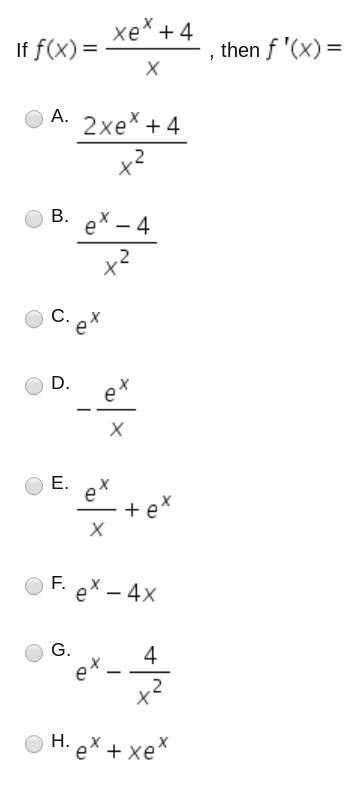


Solved Xex 4 Iffxe 4 Then F X C X E X Of Ex Chegg Com
N N C v J w C A E @ n E q O E p X b g @( ʊJ Ă ܂ B w ̕ ͂ ⍇ j n L C s n i J j w C A E @ p X b gSuppose that X is a random variable with EX^2 < ∞ Show that g(t) = E(X − t)^2 is minimized at t = EX and that no other value for t attains the same minimum value (ie t = EX is a unique minimizer) Think about what this result impliesCompute answers using Wolfram's breakthrough technology & knowledgebase, relied on by millions of students & professionals For math, science, nutrition, history, geography, engineering, mathematics, linguistics, sports, finance, music WolframAlpha brings expertlevel knowledge and


2


2
Math 142 Taylor/Maclaurin Polynomials and Series Prof Girardi Fix an interval I in the real line (eg, I might be ( 17;19)) and let x 0 be a point in I, ie, x 0 2I Next consider a function, whose domain is I,X =1) e−0303 1 1!Well, g of x is this thing right over here So this is going to be equal to the square root of, g of x, is x over 1



Xequis Xex G



Women G String Interest Sexy Underwear Ladies Panties Lingerie Bikini Underwear Pants Thong Intimatewear 1pcs Lots Xex 07 Underwear Women Underwear Embroideryunderwear Case Aliexpress
Solve your math problems using our free math solver with stepbystep solutions Our math solver supports basic math, prealgebra, algebra, trigonometry, calculus and moreIt is important to get the Domain right, or we will get bad results!G (x) is not actually defined at x=2 so we can't ask about its continuity or derivative at that x value For f (x) yes your reasoning is sound g (x) is not actually defined at x = 2 so we can't ask about its continuity or derivative at that x value x e ^ { x ^ { 2 } } d x



Live Stream Mw Cod G Aqo E Xex Fortnite Youtube


2
Complex Numbers and the Complex Exponential 1 Complex numbers The equation x2 1 = 0 has no solutions, because for any real number xthe square x 2is nonnegative, and so x 1 can never be less than 1In spite of this it turns out to be very useful to assume that there is a number ifor which one hasExpected Value and Standard Dev Expected Value of a random variable is the mean of its probability distribution If P(X=x1)=p1, P(X=x2)=p2, n P(X=xn)=pn E(X) = x1*p1 x2*p2 xn*pnGo X provides the most advanced electrical vehicles for anyone to rent Experience your city like you have never before by riding our 2wheel and 3wheel scooters Go X Scooters are designed to be safe, reliable and convenient They are capable of going up to 25 mph and last 30 miles on a single charge They are weatherproof, durable and most importantly safe



Reliance Electric Duty Master 1hp Motor Xex Ieee 45 Abs 01 G 1 Ff


2
Let 'g' be the function defined by g(x) = (x2x1) \(\cdot e^x\)What is the absolute maximum value of 'g' on the interval 4,1?X definition, to cross out or mark with or as if with an x (often followed by out) to x out an error See moreG(x) = C 3 e i 0 = C 3 These functions are equal when C 3 = 1 Therefore, cos( x ) i sin( x ) = e i x Justification #2 the series method (This is the usual justification given in textbooks) By use of Taylors Theorem, we can show the following to be true for all real numbers



S Drive Sdrive Max Arduino Based Atr Cas Xex File Loaded Atari 400 800 Xl Xe Ebay



Gear Drive Set For Od25 Galm Xex Overdose Od25 Super G R C Drift Arena Home
Mgmt chirag@psylentmgmtcom SLC, UT 33 Tracks Followers Stream Tracks and Playlists from X&G on your desktop or mobile deviceMath(0,1)/math is on mathf(x)\implies (1,0)/math is on mathg(x)/math math\begin{align}\text{Since }g(x)&=f^{1}(x)\\f\circ g&=x\\f(g(x))&=x\\f'(g(xLet 'g' be the function defined by g(x) = (x2x1) \(\cdot e^x\)What is the absolute maximum value of 'g' on the interval 4,1?


Overdose Xex Definitely Not A Cookie Cutter Kit Super G R C Drift Arena Home



Buy Xex Best Deals On Xex From Global Xex Suppliers 9ff9 Cicig
We're going to replace the x with g of x So, f of g of x is going to be equal to the square root of Well instead of an x, we would write a g of x g of x, g of x squared g of x squared, minus one Now what is g of x equal to?Solution for Let f(x) = x2 6x and g(x) = x 6 Evaluate the following (f ∘ g)(x) = (g ∘ f)(x) = (f ∘ f)(x) = (g ∘ g)(x) = Want to see this answer and more?Domain of Composite Function We must get both Domains right (the composed function and the first function used) When doing, for example, (g º f)(x) = g(f(x)) Make sure we get the Domain for f(x) right,;
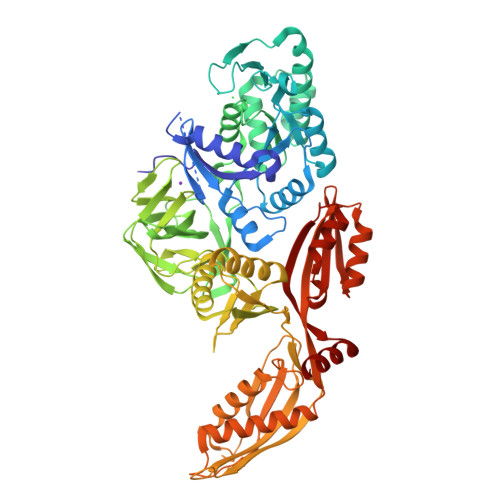


Rcsb Pdb 2xex Crystal Structure Of Staphylococcus Aureus Elongation Factor G


2
Then also make sure that g(x) gets the correct DomainDiscutir a quantidade de soluções reais de uma equação `g(x) = f(x)` pode ser facilitada pela exibição no mesmo plano cartesiano dos gráficos de `g(x)` e `f(x)` Dispensando o uso de calculadoras e/ou programas CAM (computer aided mathematics) um bom esboço dos gráficos de f e g vai ajudar a análise da equação que as envolveFirst suppose that X is itself a function of Y, eg, Y2 or eY Then the function of Y that best approximates X is X itself (Whatever best means, you can't do any better than this) The other extreme case is when X and Y are independent In this case, knowing Y tells us nothing about X So we might expect that EXjY will not depend on Y



Record Album The Beatles Revolver Xex 605 34 7 00 Picclick Uk


2
Proof of f(x) g(x) = f(x) g(x) from the definition We can use the definition of the derivativeIf b > 1 , the function grows as x increases (Eg, (2) 1 (2) 2 (2) 3) Larger values of b lead to faster rates of growth The key algebraic property of exponential functions is the following That is, increasing any input x by a constant interval Dx changes the output by a constant multiple b Dx This is the property of exponential functions



Ball Differential Set For Divall Galm Xex Od25 Overdose Od1631a Super G R C Drift Arena Home
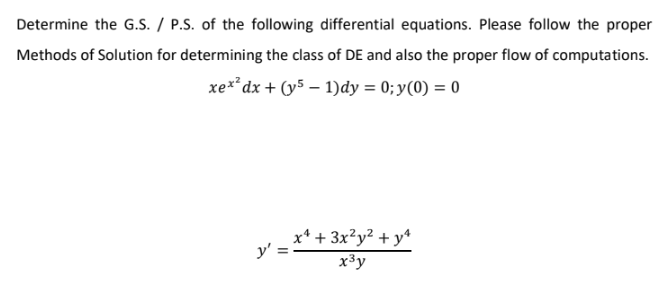


Answered Determine The G S P S Of The Bartleby



Xex Nihonbashi Live Home Facebook



Tut How To Decrypt A Xex Xbox Gaming Wemod Community



Solved Evaluate Using Integration By Parts Hint Fx Xex Chegg Com



Solved Problem 2 B F X Z Dt A S Xex Dx C S 2x Chegg Com


2



Top 10 Most Popular Xex Woman Underwear And Bikinis Brands And Get Free Shipping



Xex High Resolution Stock Photography And Images Alamy


Xex Skin Nova Skin


Http People Reed Edu Davidp 332 Lectures 7lecture Pdf


2



Tutorial Colocar Startup 05 Xbox 360 Old Bootanim Xex Rgh Youtube



Reliance Electric Duty Master 1hp Motor Xex Ieee 45 Abs 01 G 1 Ff
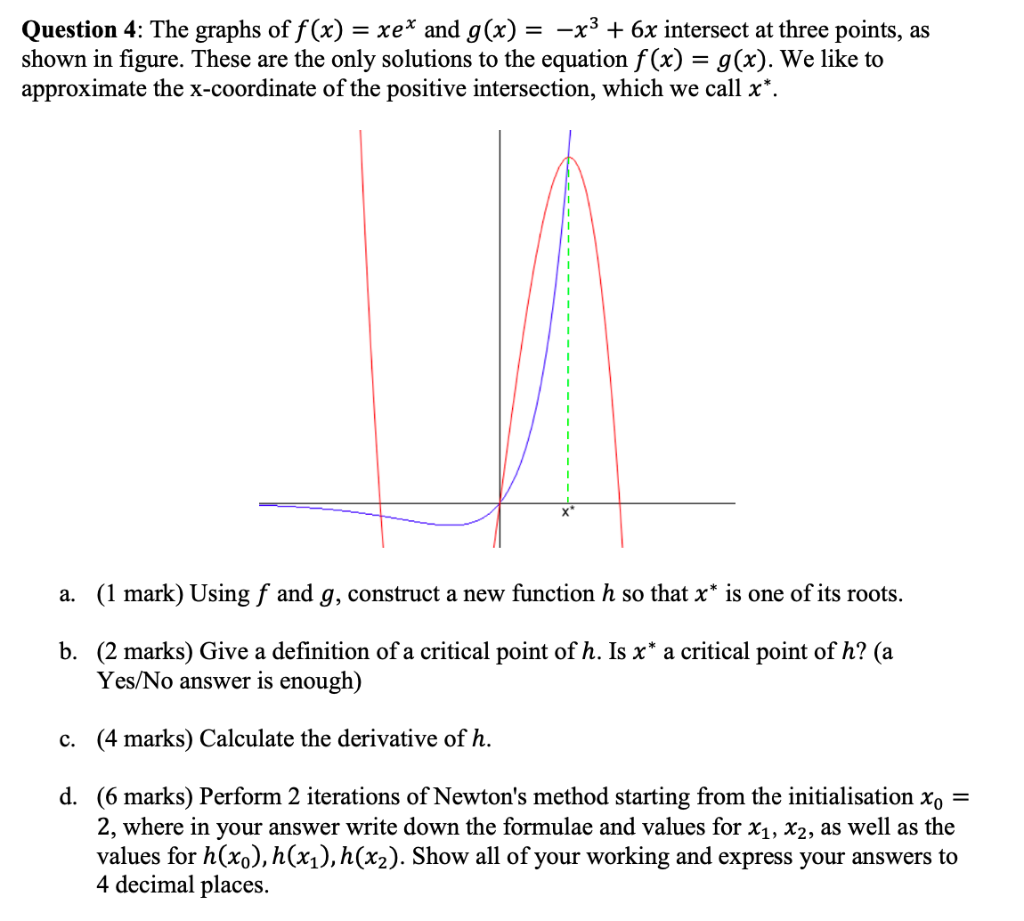


Solved Question 4 The Graphs Of F X Xex And G X X Chegg Com


Http Www Math Tamu Edu Bollingr 142wir 142wir Tom 41 43ns Pdf


The Beatles Collection Search Results A Hard Day


Xexmenu 1 1 Download Xex Menu Iso Live And Xex File Manager For Xbox 360 Digiex



E R Xex Llx Yii G Wxll Iiyii X Y E Ix Yllp Pages 1 39 Flip Pdf Download Fliphtml5



Toolshelpbied18 Lri Loo One X It Findwhen Xex 1 G X Is Con
(ALA+Software)(US)-image.jpg)


G Men Xex Atari 800 Atari Rom Download Wowroms Com



V Rare Lp The Beatles Ex Revolver Mono Xex 606 2 1966 Album


2


Ball Differential Set For Divall Galm Xex Od25 Overdose Od1631a Super G R C Drift Arena Home



Xex High Resolution Stock Photography And Images Alamy


2



Updating Mods To Work With Title Updates Tut Xpg Gaming Community



Popsike Com Beatles Sgt Peppers Xex 637 1 638 1 Mono 1st Pressing Auction Details



Premio G Xex 09 Non Costume Paid Best Condition Car Bypass Mingora Swat Prado Ncp Juma Bazar Youtube



Editorial Garcon Metallique In Xex Magazine On Behance



How To Set Up A 10th Lobby And Install Xex Menu Via Transfer Cable Jtag Only Youtube



Baldor Reliance C Face Kit K44g71 G Series Design Tefc Tefc Xt Tefc Xex 440t U Frame Amazon Com



Terraria Xex N Ren 02 Boss Killers Color By Aleksjeikobrayez On Deviantart



Automative Machine Working For Machinery Xex


The Beatles Collection Search Results Xex 421 1n



Solved Determine F G For Each Given F And G Not Just Cal Chegg Com
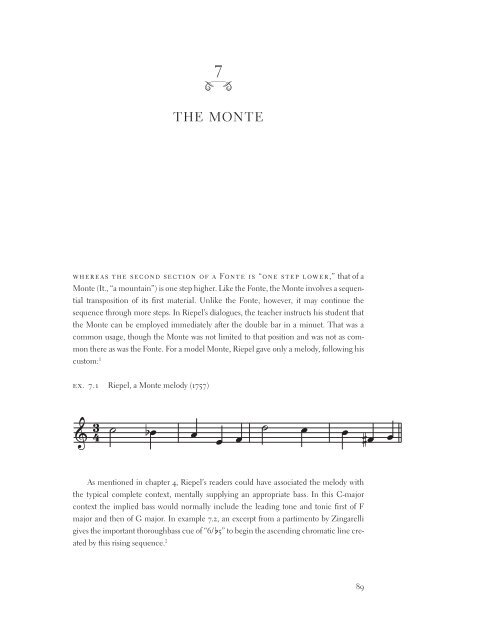


4 Xb Xx X E X Xx X Faculty Web



Solved Show That Gx Is A Sub Group At G H Xex Gx Cg Chegg Com



Xex Magazine G Xtravaganza Queen Of Nightlife Facebook



Ex 7 6 3 Integrate X 2 E X Chapter 7 Class 12 Ncert



Reliance Electric Duty Master 1hp Motor Xex Ieee 45 Abs 01 G 1 Ff


G Xtravaganza Queen Of Nightlife Ballroom Bizarre Xex Magazine



Reliance Electric Duty Master 1hp Motor Xex Ieee 45 Abs 01 G 1 Ff For Sale Online Ebay



Solved If F X Xe X 4 X Then F X A E X Xe X B Chegg Com
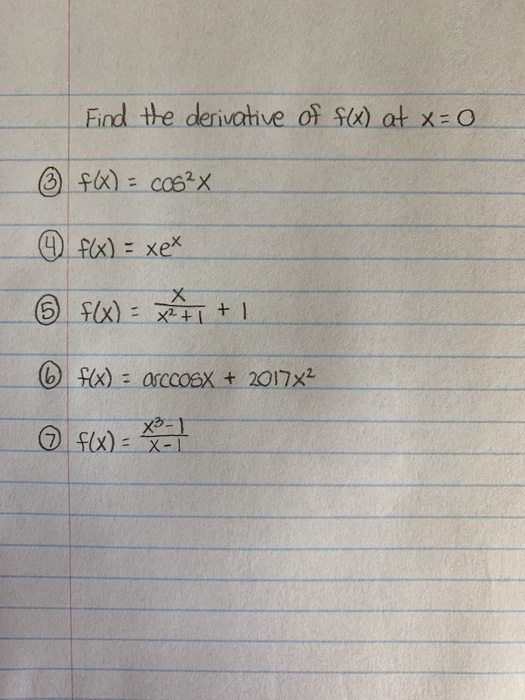


Solved Eind The Derivahive Of S At X O 2 G F X Xex Chegg Com
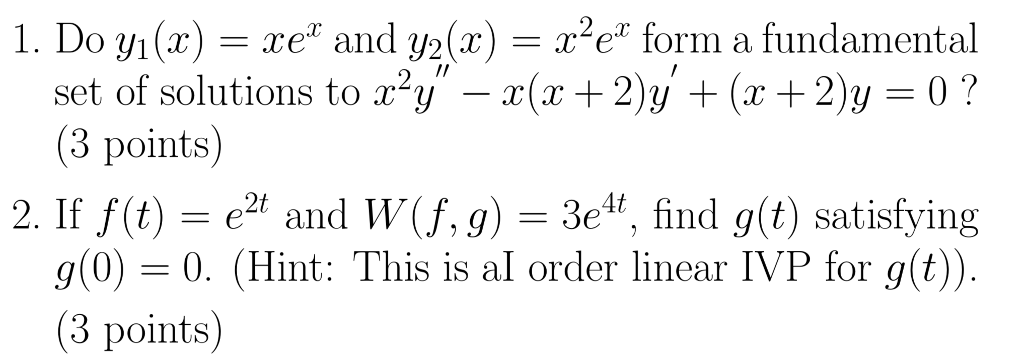


Solved 1 Do Y X Xex And Y2 X X2ez Form A Fundame Chegg Com



Why Can T Y Xe X Be Solved For X Mathematics Stack Exchange



Cerrone X Xex 1993 Flac Image Cue Lossless Music Blog



Morphosis Xex 11 15


2



Xbox 360 Jtag Usb Tutorial With Xex Menu Files Downlaod Free No



Solved 2 The Correct Lewis Dot Structure For S2 Is Sel Chegg Com
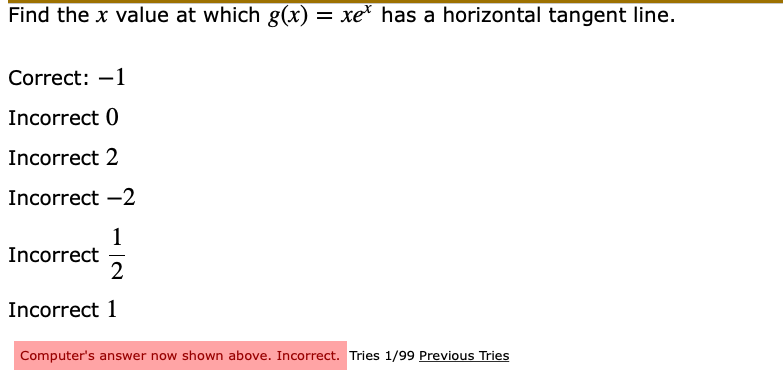


Solved Find The X Value At Which G X Xex Has A Horizon Chegg Com


Gear Drive Set For Od25 Galm Xex Overdose Od25 Super G R C Drift Arena Home
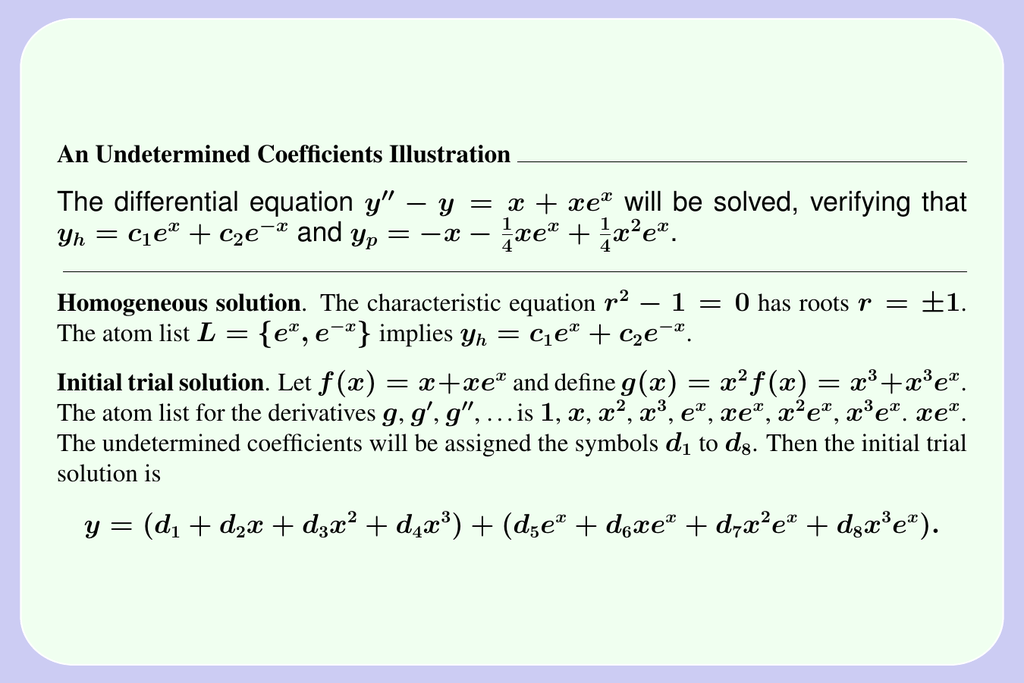


Y X Xe The Differential Equation Y And Y



Xex High Resolution Stock Photography And Images Alamy



Genuine Xerox Network Main Controller Assembly Xex 1 498k For Sale Online Ebay



How To Download Xex Menu Jogreenway



Xex High Resolution Stock Photography And Images Alamy



Xex High Resolution Stock Photography And Images Alamy



Drilled Hd Idler Gear For Galm Xex Series Overdose Od2742 Super G R C Drift Arena Home



Women G String Interest Sexy Underwear Ladies Panties Lingerie Bikini Underwear Pants Thong Intimatewear 1pcs Lots Xex 13 Underwear Polyester Underwear Freeunderwear Aliexpress



0073 The Beatles 1965 Rubber Soul Second Pressing Xex 579 5 Lp Uk Tracks



Best G I Xex Gifs Gfycat



Solved A Compare The Maclaurin Polynomials Of Degree 2 Chegg Com



How To Extract The Basefile And Idc From A Default Xex Youtube



Xex High Resolution Stock Photography And Images Alamy



Women G String Interest Sexy Underwear Ladies Panties Lingerie Bikini Underwear Pants Thong Intimatewear 1pcs Lots Xex 14 Panty Underwear Fabricpanties Cotton Aliexpress



Diggit Xex Toys Kimani1njoroge Twitter
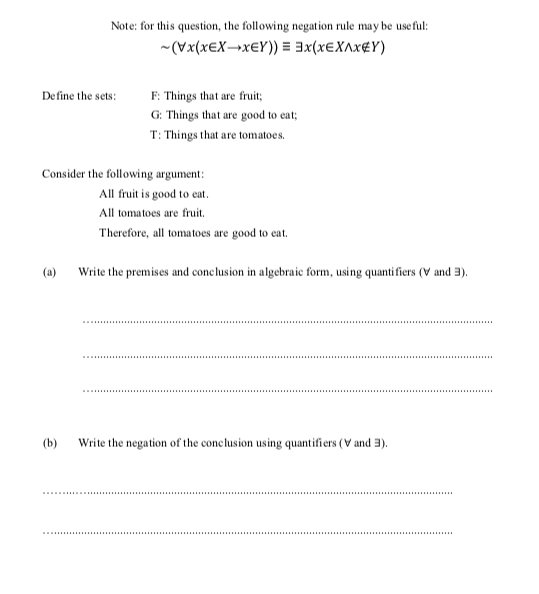


Answered Note For This Question The Following Bartleby


コメント
コメントを投稿